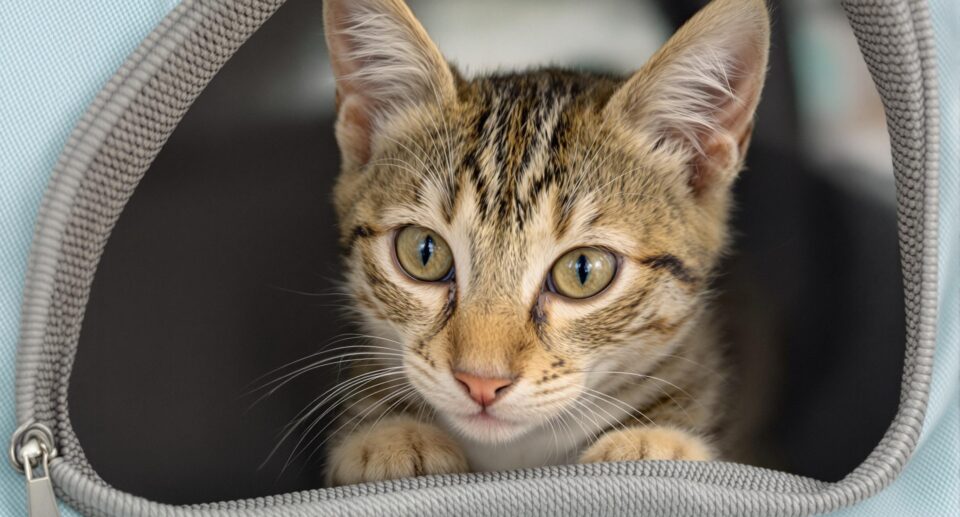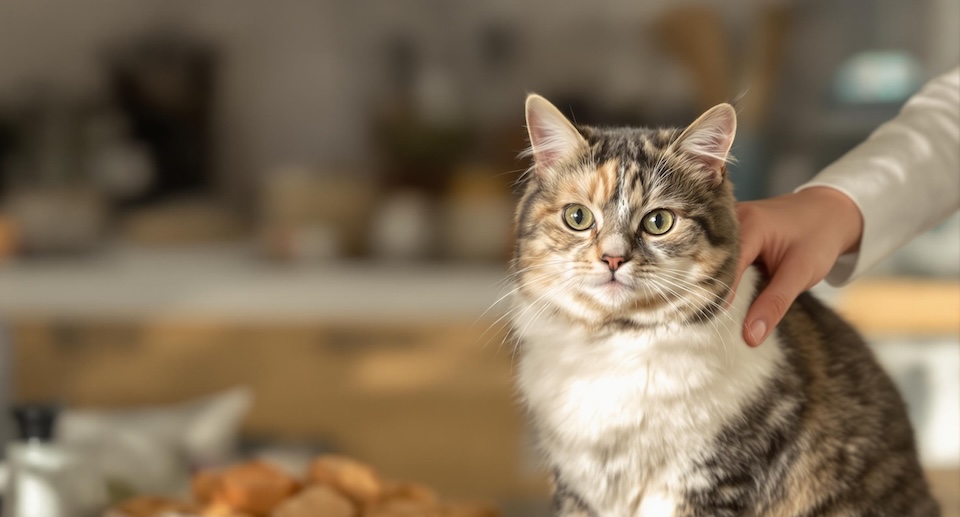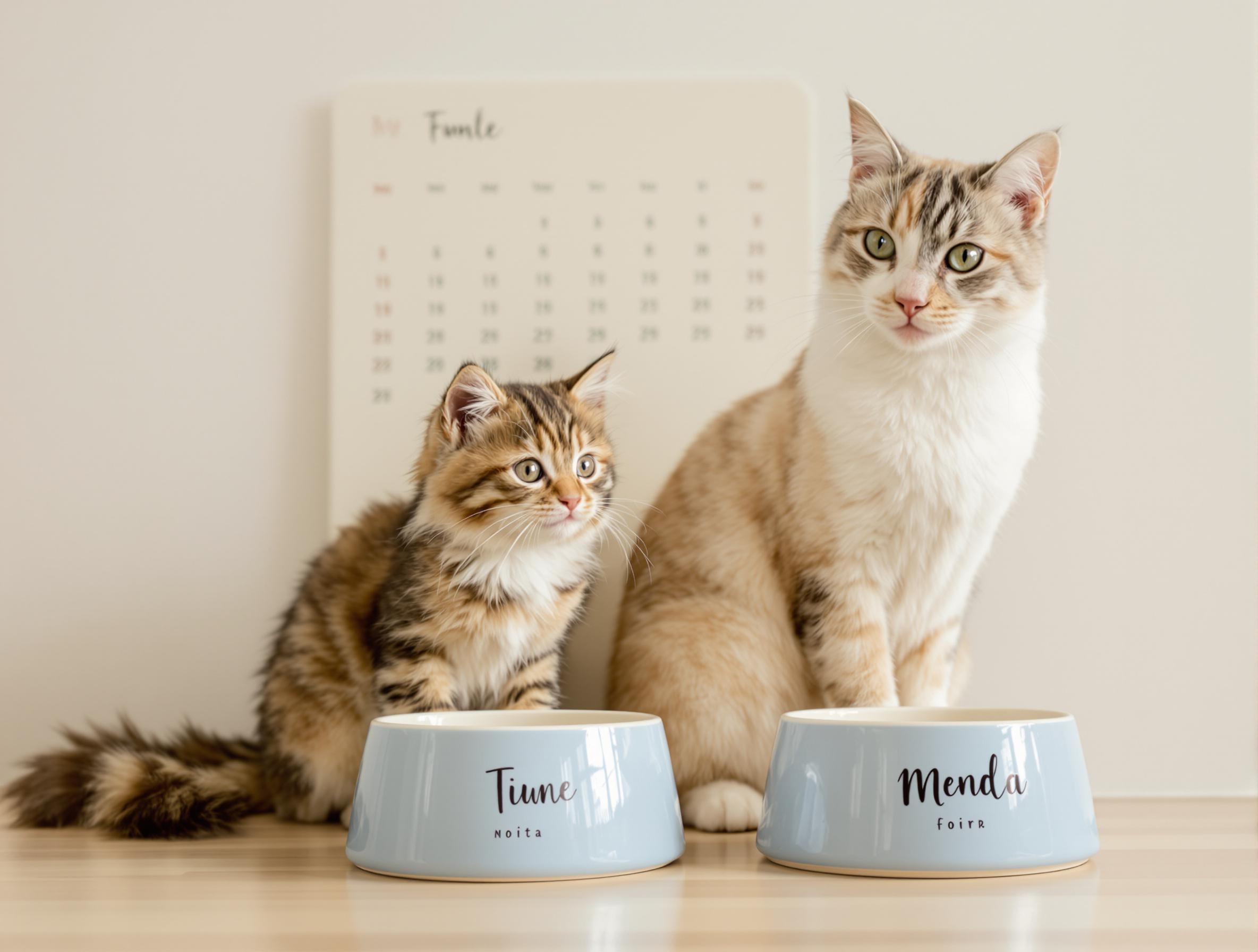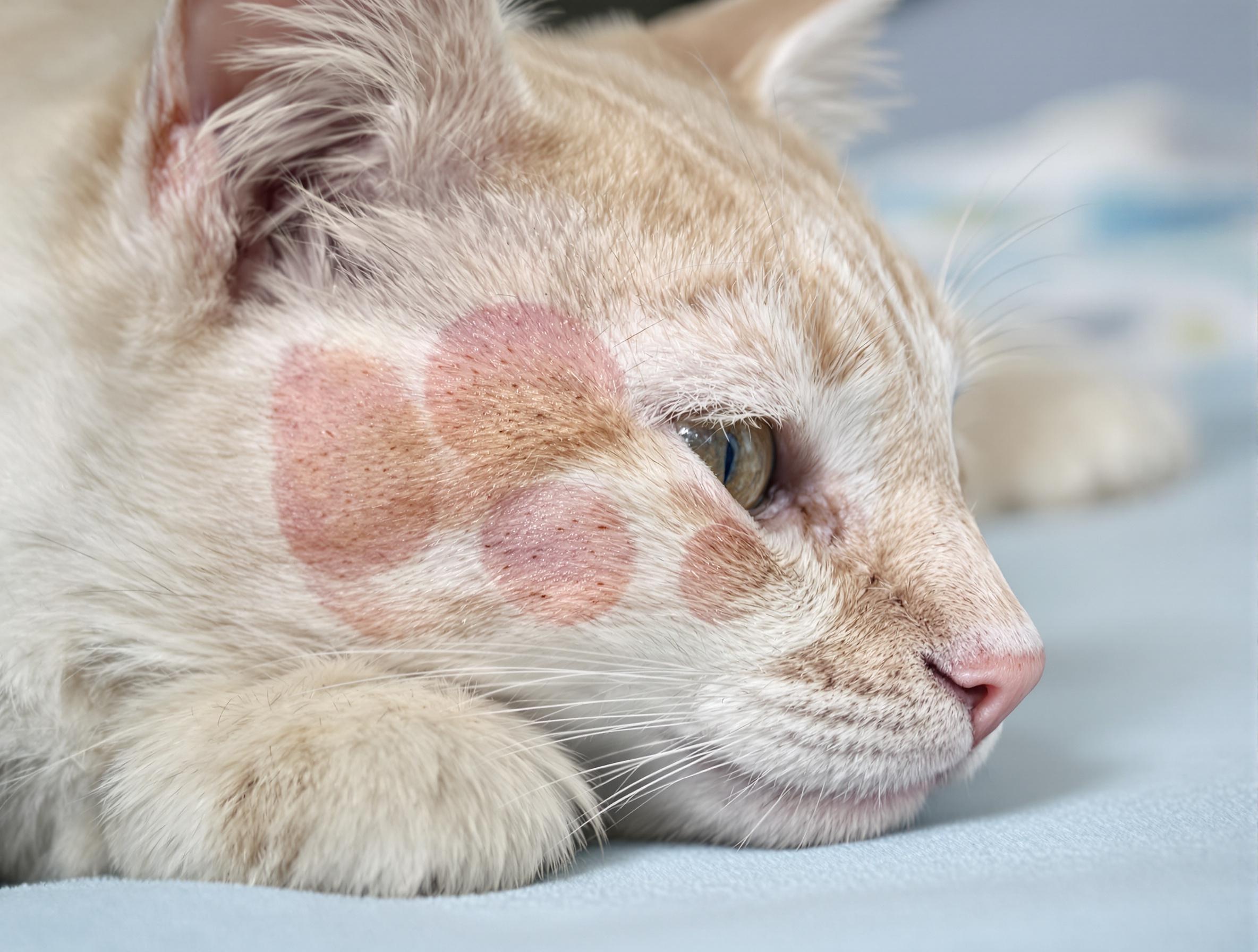How To Train Your Cat To Use The Toilet Instead Of A Litter Box
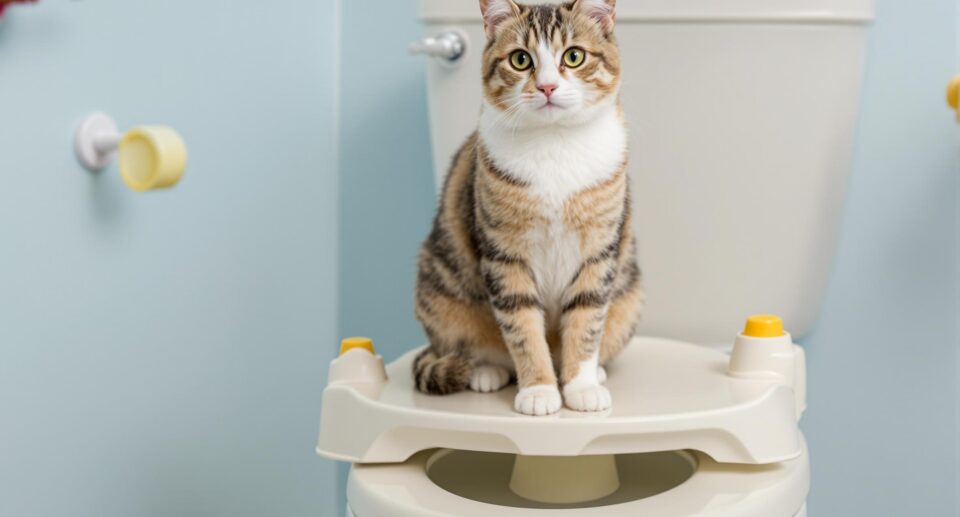
Have you ever wondered if your cat is clever enough to use a toilet? Toilet training means no more scooping clumps and no more litter-glittered paws tracking around the house. Many cats can learn to use a toilet in just a few weeks. Here’s how you can help your cat become a master of the porcelain throne.
How To Train Your Cat To Use The Toilet
First, place at least one of your cat’s litter boxes in a bathroom close to the toilet. This is a good time to get your family in the habit of leaving the bathroom door open for the cat.
After a week or two, you can start placing the litter box on an elevated surface so they get used to having to climb to access it. At this time, you can also gradually use less litter in the box.
In the wild, cats feel vulnerable to predators and larger animals while relieving themselves, and instinctively bury their wastes to avoid attracting unwanted attention. Some cats don’t feel safe and secure with unusual bathroom arrangements. If your cat has accidents or seems reluctant to move forward, toilet training might not be best for them.
If your cat doesn’t seem to mind using an elevated litter box with a thin layer of litter, they’re ready to move onto the next step.
A system like Litter Kwitter is the easiest way to introduce your cat to the toilet. The first toilet attachment acts as a shallow litter tray that rests just under the toilet seat. Fill it with flushable litter and see if your cat decides to use it.
Give your cat at least a week before moving on to the next toilet attachment, which has a small hole in the center. Each attachment has a larger hole to gradually accustom your cat to perching on the side of the toilet to do their business. Finally, your cat will be ready to the toilet with the seat down.
Is Toilet Training Right For Your Cat?
Toilet training isn’t ideal for every household. If your cat does not have access to the toilet, either because the bathroom is occupied by one of your human family members, the toilet lid has been left down, or the bathroom door is closed, they might seek out somewhere else to relieve themselves. That might be on a carpet, your bed, or a pile of laundry.
Ideally, you should have one litter box for every cat in your household plus one extra. If your cat learns to use the toilet, it’s a good idea to keep at least one litter box so your cat can use whichever they prefer.
Lastly, if your cat uses the toilet, especially if they learn to flush, you will have a harder time monitoring their urine and feces output. You may not notice if your cat is suddenly urinating less frequently, which is a symptom of diabetes, kidney disease, and other common feline health issues.
That said, your cat should see a vet at least yearly, twice yearly if they’re a senior. Routine blood and urine tests can catch common health issues before your cat even has symptoms.

